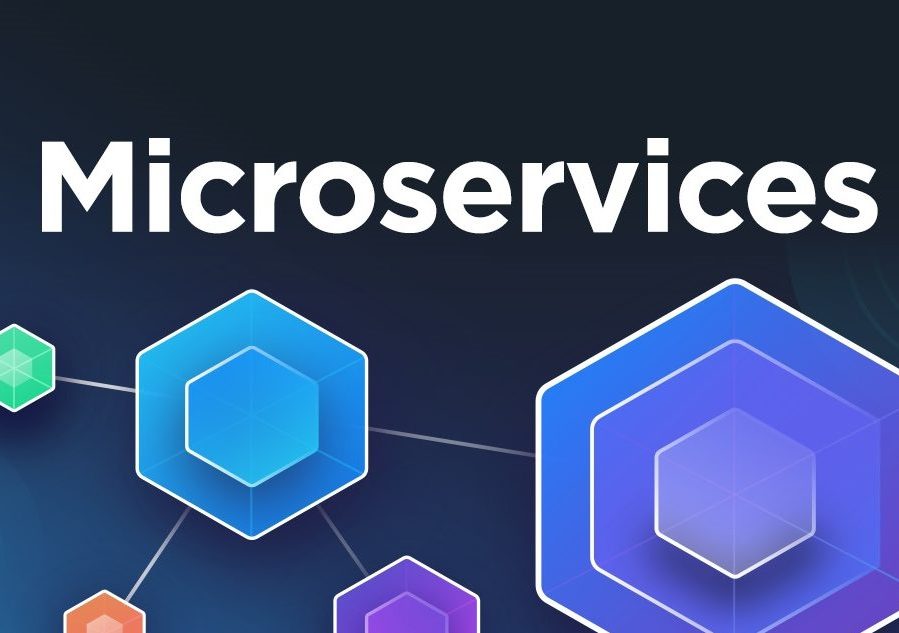A Software development is becoming more flexible and automated consistently. Using a microservice approach, a large application is segmented into small, modular components operated independently for refined flexibility.
What is Microservice development method?
What are the benefits of choosing microservice architecture for your next project?
Improve fault isolation
In the microservice architecture, developers are knowledgeable about specifically where to look for the problems to get solved. If a single module is concerned, it can be easily destroyed or resolved without other parts of applications getting affected; improving the application’s availability. This is precisely conflicting in the monolithic application; failure of a single component can drag down the entire application.
Easy to modify technology stack
With microservices, businesses can try new stack or the most advanced technologies on the distinct components to enhance usability and avail huge benefits at the application level. As there are no dependency issues, software developers can evade using appropriate technology stacks if they are not providing constant user-experience. With such endless modernization, your system won’t become quickly outdated.
Provides scalability
Microservices balance the parts that have performance issues and use the hardware that fully matches service requirements. As each service is a separate component, scaling can be deployed using more containers, facilitating more effective capacity planning, appropriate hardware, and less licensing cost. Components of the critical service can be deployed on multiple servers for improved availability and performance without affecting the performance of the other service. This scalability results in better customer experience and enhances cost-savings.
Aligned with the organizations
If you’re optimizing microservice for your organization, then team size can be determined to match with the required tasks. Furthermore, teams can be divided into smaller groups and can focus on each component of the application. As the end goal is customer satisfaction and great user experience, the team is not divided into the UI team, database team and so on.
Improved productivity and speed
With microservices, productivity and speed can be efficiently tackled. The different team works on various components concurrently without having to wait for one team to complete the task. This results in speeding up the quality assurance as every micro-service can be tested separately. Other stakeholders can work on improving the components that are already developed, while other programmers are working on other ones. This improves the speed and heads to the faster release of the product.


Recent Comments